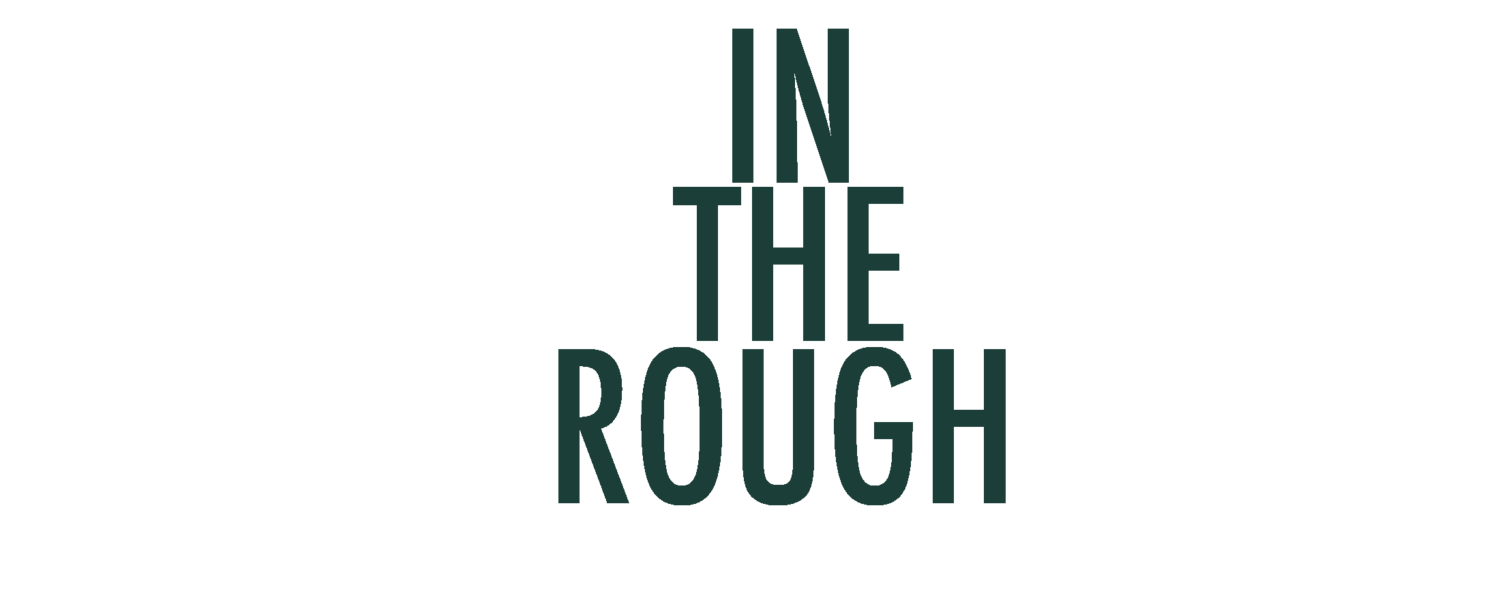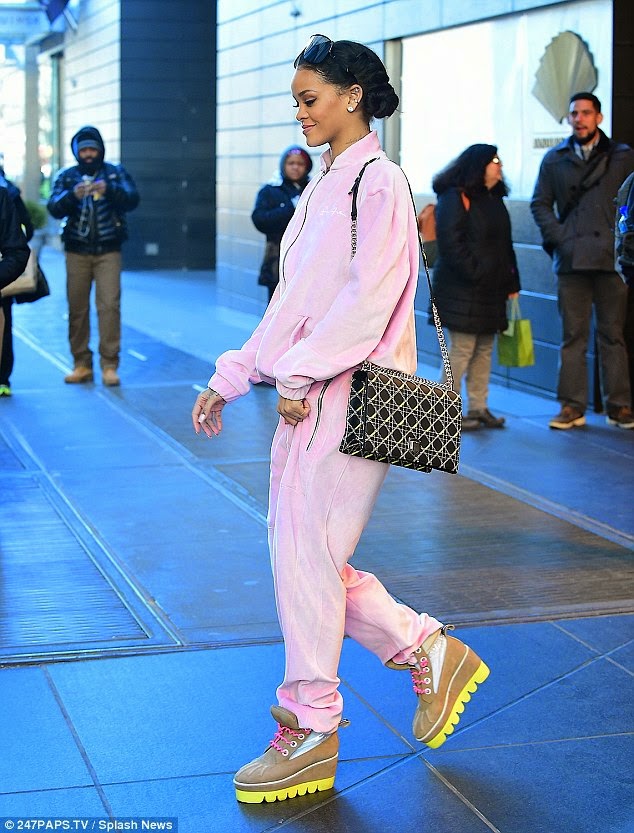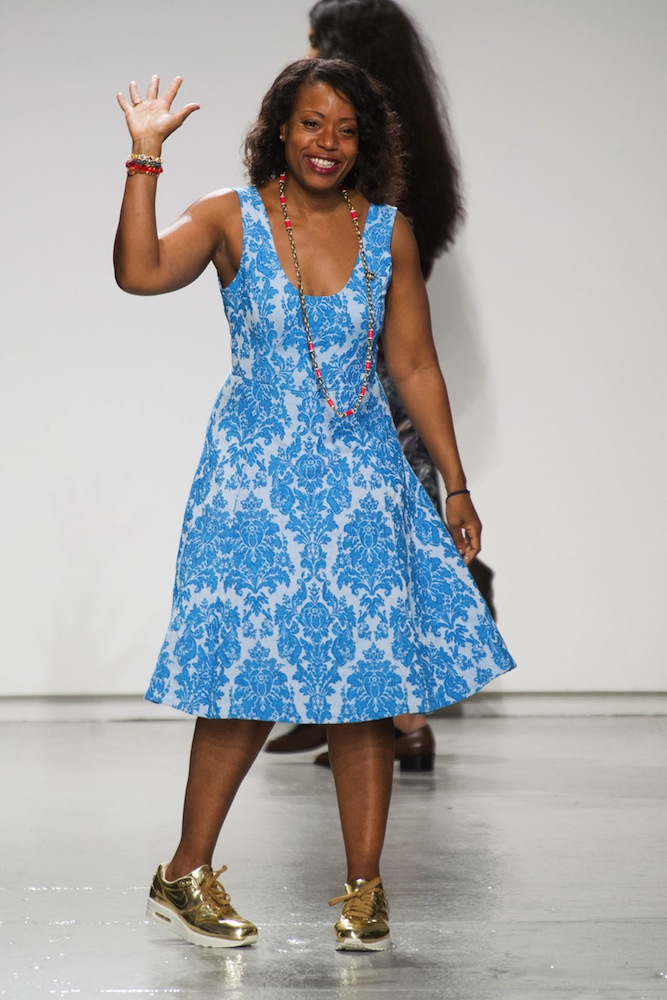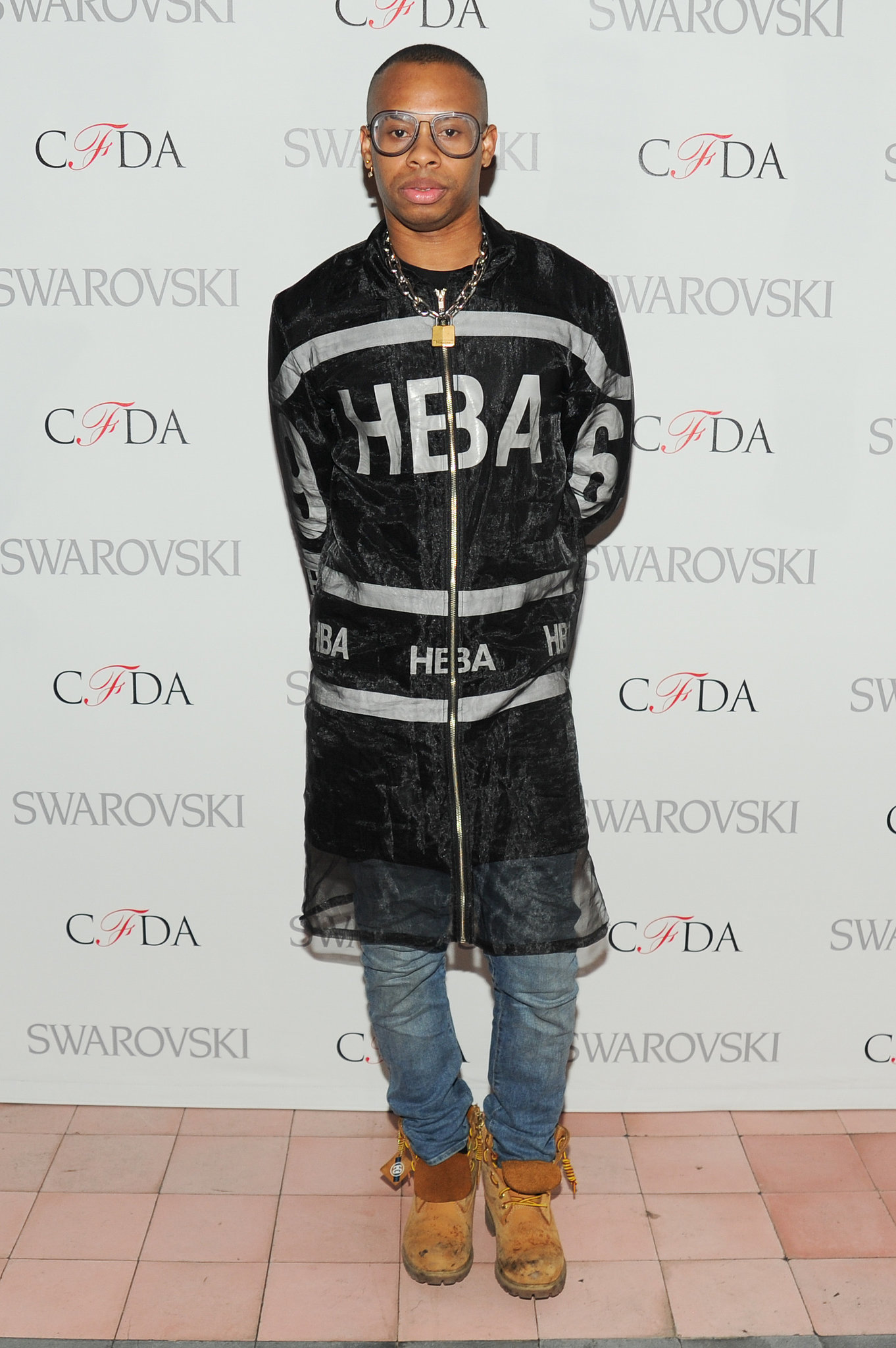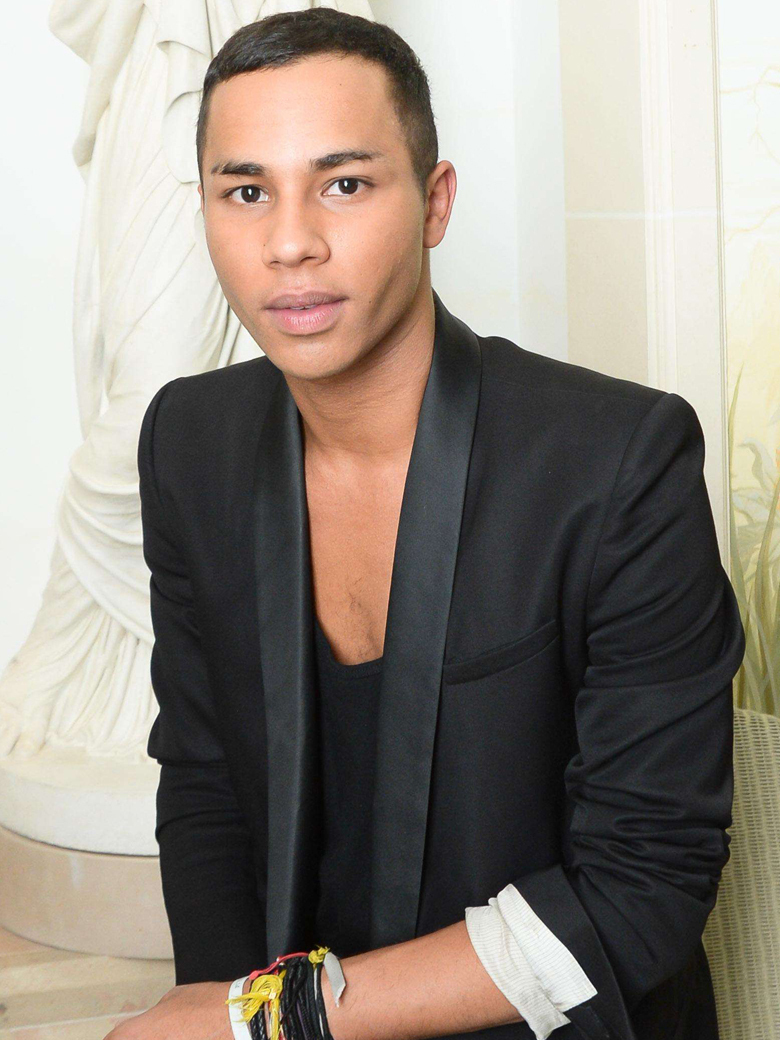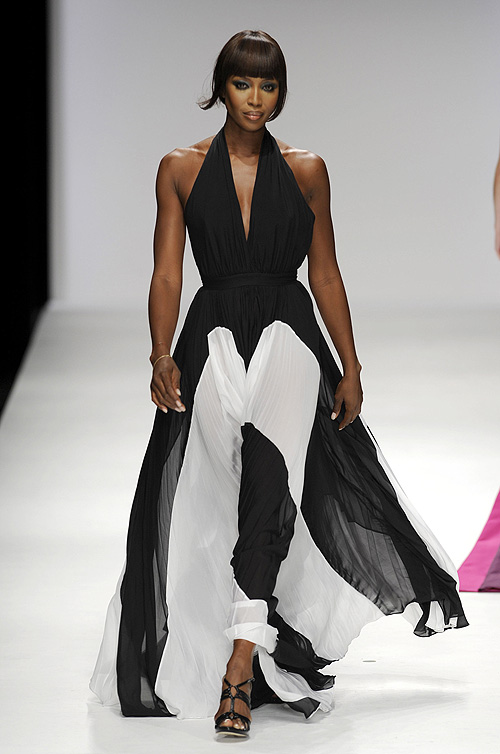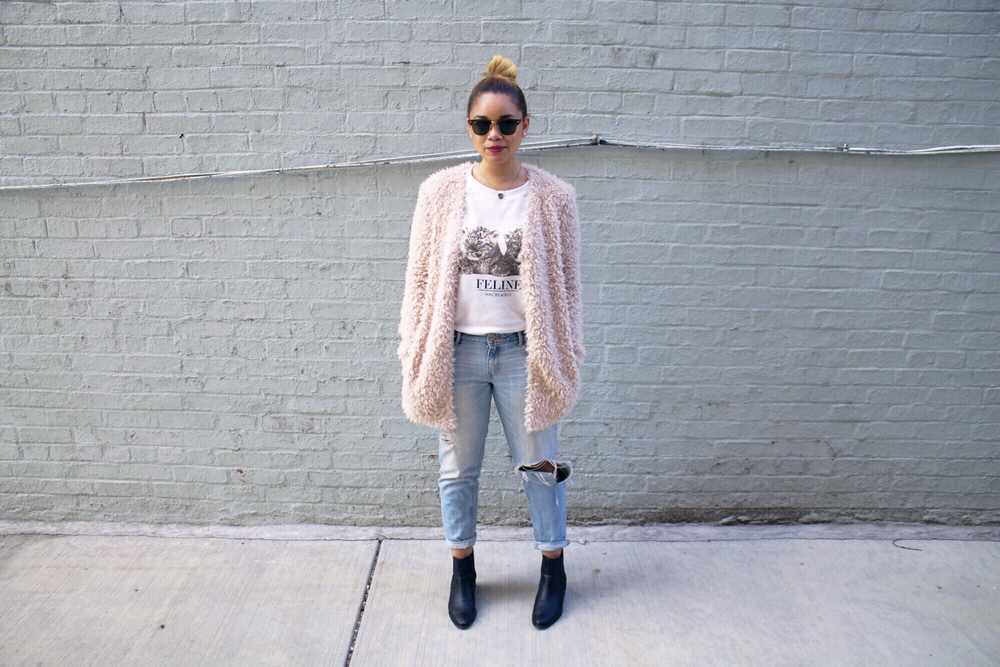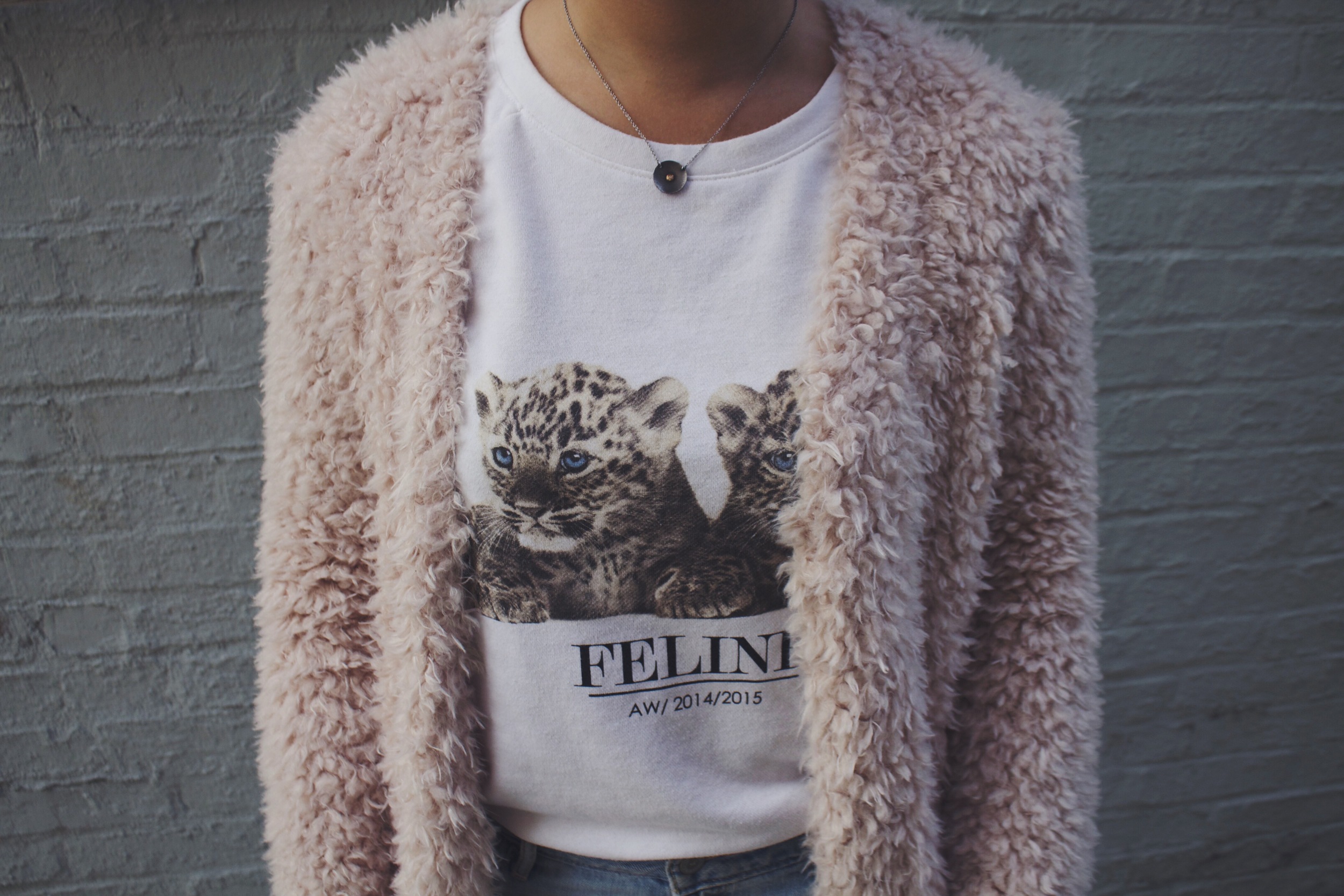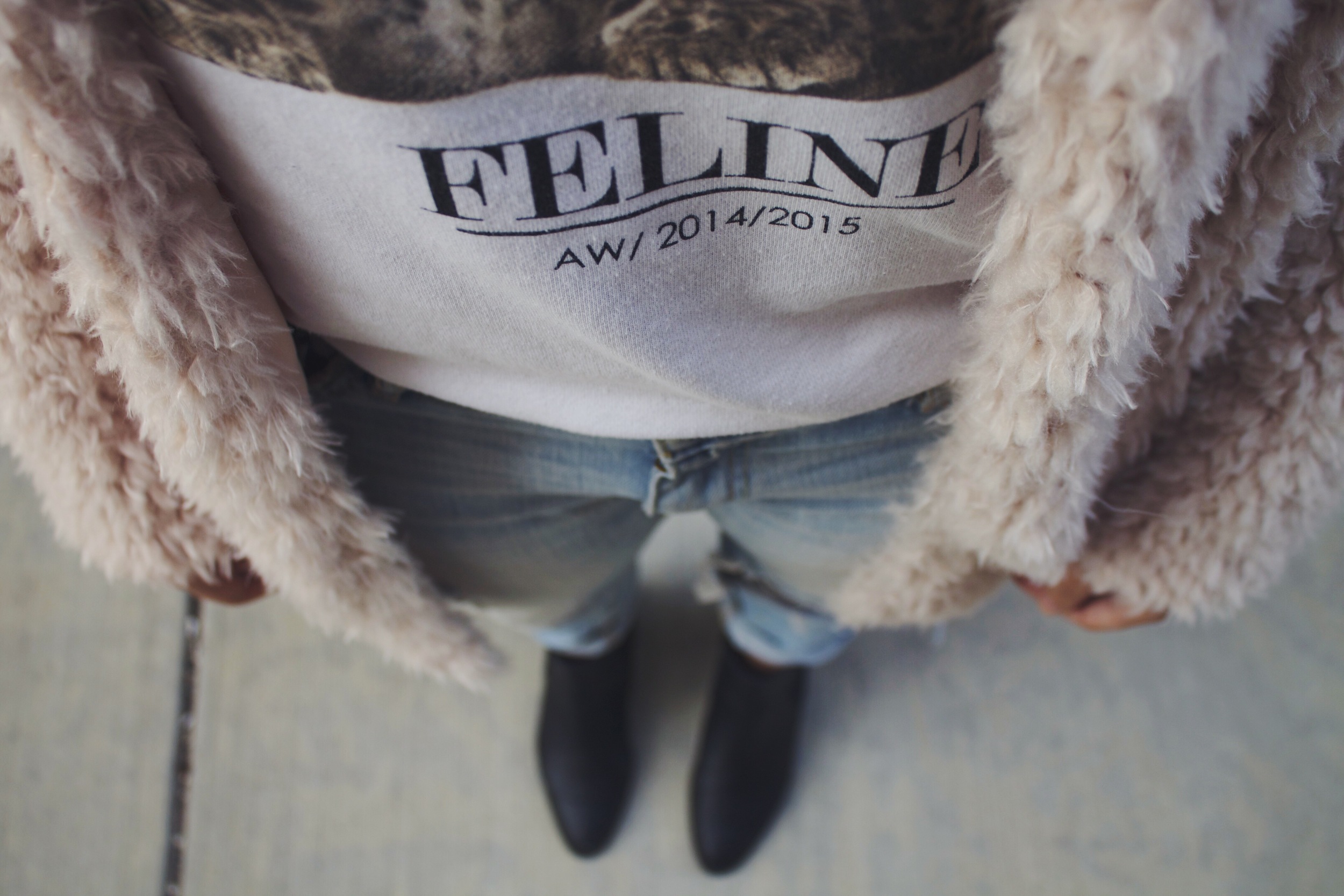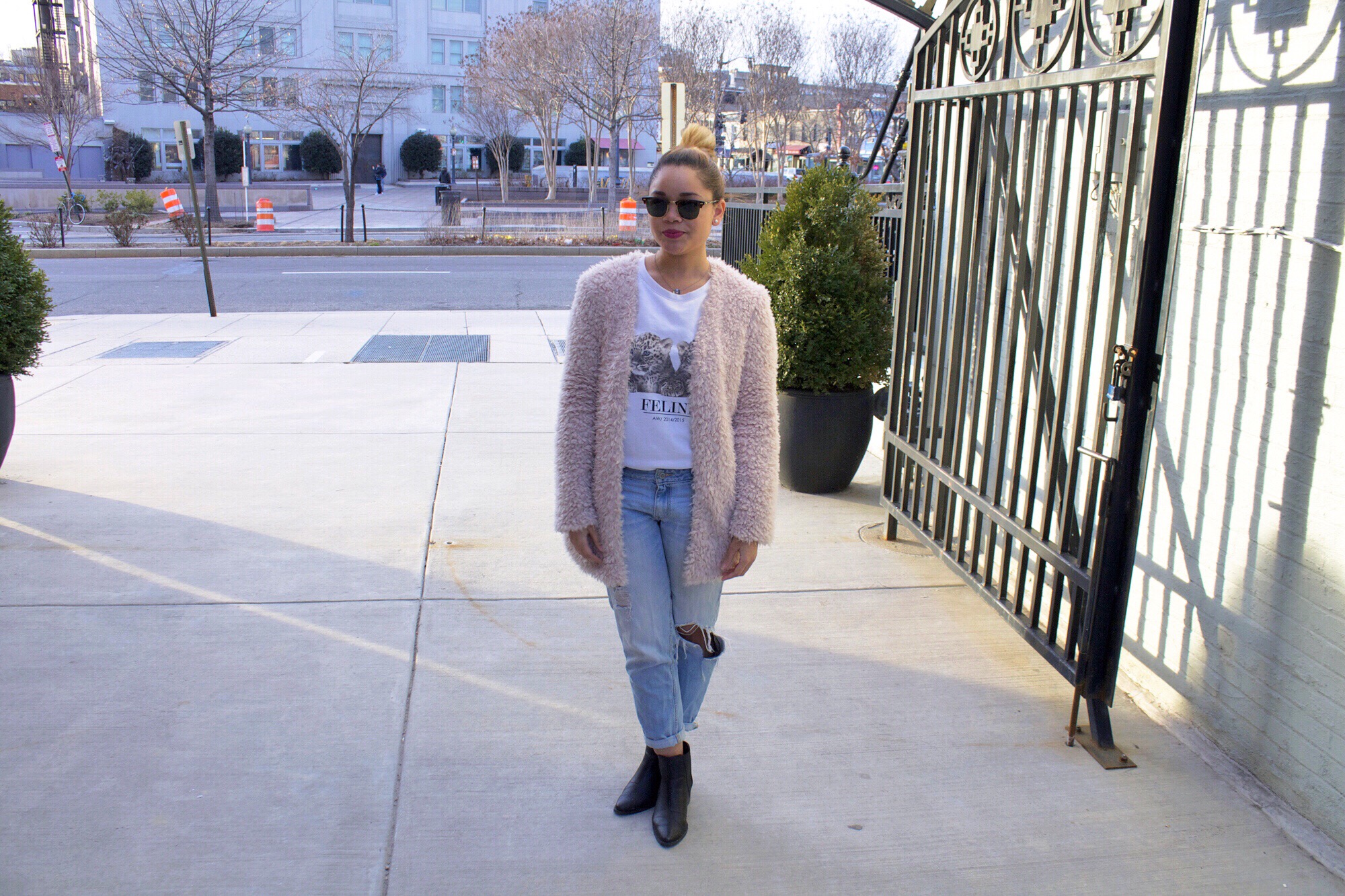I bet we see more pink silhouettes filtering into the lines of fashion designers and labels. Why? Because Rihanna.
Over the past several days, RiRi has been strutting around New York City promoting the upcoming animated movie, Home, as well as her concept album, which serves as the movie's soundtrack. If Rihanna's Giambattista Valli pink pouf gown for the 2015 Grammys wasn't telling enough, head-to-toe tonal pink outfits have been a recent staple for the Barbadian songstress. Above, Rihanna sports a pink barbie suit and fur scarf--cautionary to the unpredictable weather transition from winter to spring--as well as a Sean John tracksuit that is reminiscent of the early 2000s hip hop scene.
It's interesting how cyclical trends can be. I look at denim shirts, baggy pants, and clip-on sunglasses and wonder why I feel so nostalgic. The truth is, my earliest memories of clothing and fashion in general were around these trends during the late 1990s and early 2000s. If anything, fashion is not just a form of self expression, but a way of holding on to precious past memories.
Home, the DreamWorks animated film is set to debut on March 27th. Check out the trailer here.
